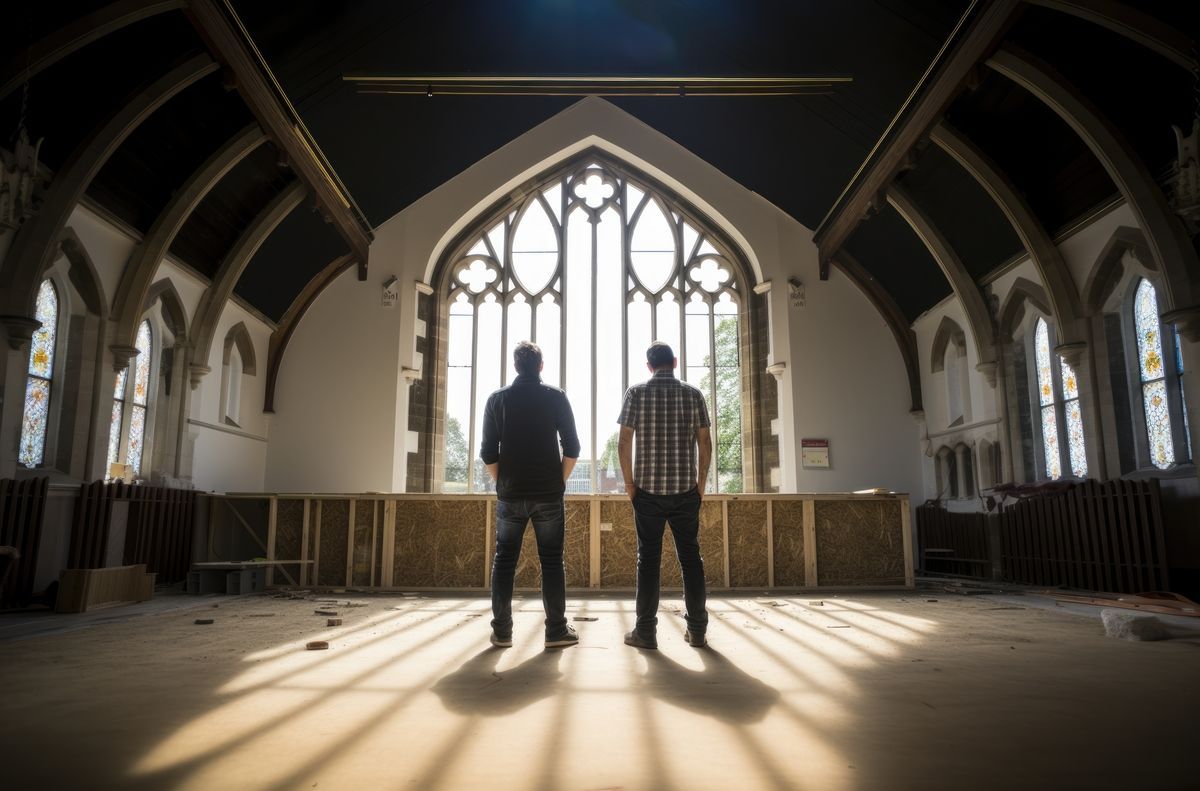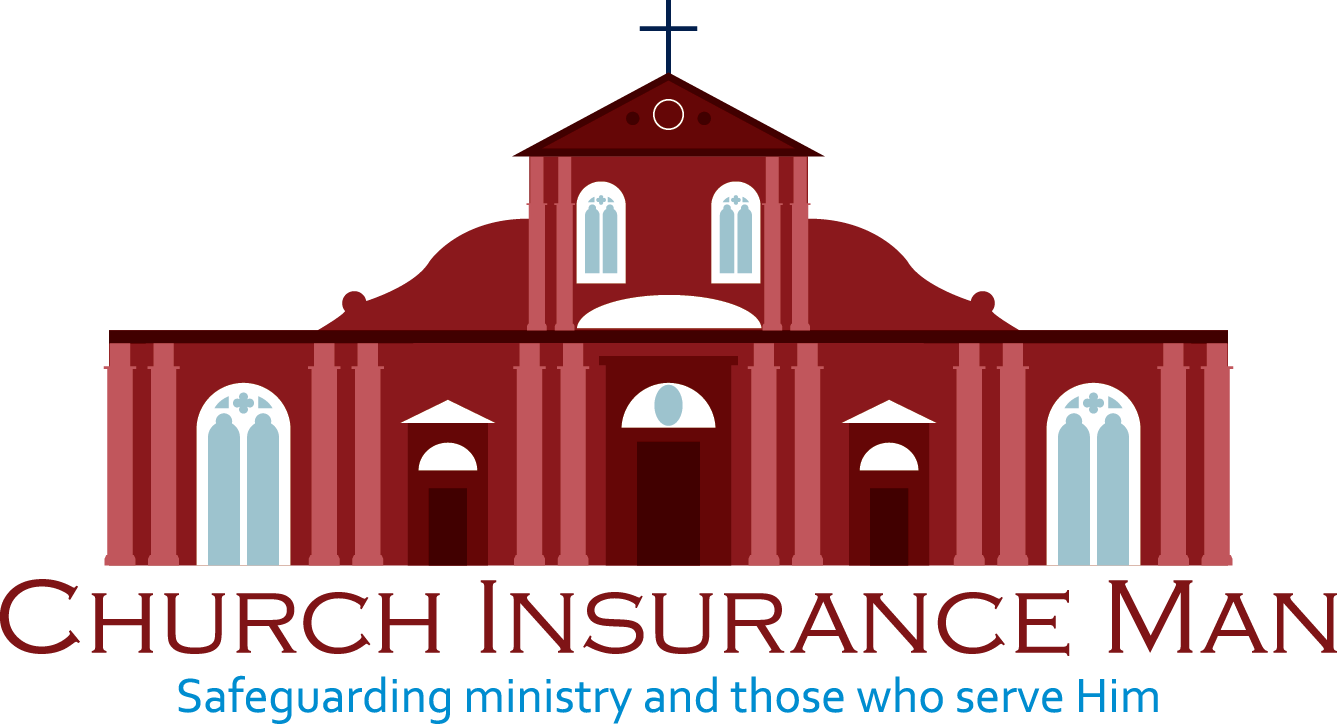Managing Church Risks and Preventing Losses: A Practical Guide
Guide in Managing Church Risks and Preventing Losses
The responsibility of providing a safe and secure environment for church members, staff, and visitors is a top priority for religious organizations. Effectively managing risks and preventing losses not only ensures the well-being of all involved but also helps churches maintain an atmosphere conducive to worship, fellowship, and spiritual growth.
This practical guide will equip church leaders with the knowledge and tools needed to successfully mitigate risks, reduce potential hazards, and create a sanctuary where everyone can feel protected and at ease. By adopting these proactive measures, churches can avoid costly incidents while saving on insurance expenses and concentrating on their core mission. As you embark on this journey to strengthen your church's safety and security, we invite you to explore this comprehensive resource tailored specifically for religious organizations seeking to enhance their risk management initiatives and protect their valued communities.
Assess Your Church's Unique Risks and Vulnerabilities
The first step in managing risks and preventing losses within your church is to conduct a thorough assessment of its unique risks and vulnerabilities. Consider the specific threats that your organization may face, such as:
1. Property damage or loss resulting from natural disasters, fire, theft, or vandalism
2. Liability risks, including clergy sexual misconduct, injuries sustained on church premises, or alleged negligence
3. Financial risks, such as fraud, embezzlement, or lack of proper financial controls
4. Cybersecurity risks, like data breaches, phishing attacks, or ransomware threats
By understanding these potential risks, your church can develop proactive measures and prioritize actionable steps for mitigating each risk.
Develop a Comprehensive Risk Management Plan
Once you have assessed your church's unique risks and vulnerabilities, it's essential to create a comprehensive risk management plan that will outline strategies and procedures for mitigating these risks. Key elements of an effective risk management plan include:
1. Clearly defined roles and responsibilities for staff members and volunteers in implementing risk management measures
2. Regular risk assessments to identify and prioritize new and emerging risks
3. Implementation of documented safety and security policies and procedures
4. A crisis response and communication plan for when incidents or emergencies occur
5. Ongoing training and education for church staff and volunteers on risk management and safety practices
Implement Safety and Security Measures
With a risk management plan in place, it's important to implement safety and security measures that address the identified risks and vulnerabilities for your church. Some effective approaches include:
1. Robust physical security measures—such as well-maintained locks, alarm systems, video surveillance, and proper lighting—to protect the church from theft, vandalism, or unauthorized access
2. Strict child safety policies, including comprehensive background checks for staff and volunteers and maintaining established ratios for adult supervision during childcare and youth activities
3. Establishment of a safety committee responsible for overseeing safety and security concerns, coordinating regular safety drills, and maintaining emergency preparedness guidelines for various scenarios
4. A stringent financial control system in place, including clear and transparent accounting processes, regular audits, and requiring multiple signatories for financial transactions
5. Developing and maintaining robust cybersecurity measures to protect sensitive church information, including firewalls, antivirus software, encrypted communications, and staff training on cybersecurity best practices
Regularly Review and Update Risk Management Policies
Risk management is an ongoing process, and it's vital to regularly review and update your church's policies to ensure they remain relevant and effective in addressing emerging risks and challenges. Consider scheduling semi-annual or annual risk assessments and updating your risk management plan accordingly.
Additionally, stay informed on changes in local laws and regulations and industry trends relating to risk management and safety in religious organizations. Partner with an insurance provider like Church Insurance Man, which specializes in church insurance in Georgia to ensure your organization remains compliant with evolving regulations and requirements.
Foster a Culture of Risk Awareness and Safety
Creating and maintaining a culture of risk awareness and safety within your church is crucial for effective risk management. Encourage open communication about potential risks and safety concerns and empower church members, staff, and volunteers to take ownership of safety and security initiatives.
Offer regular training sessions on risk management, safety procedures, and emergency preparedness to ensure all involved parties are aware of their roles and responsibilities in creating a secure environment. Additionally, acknowledge and reward the efforts of individuals who actively contribute to improving safety and risk management within your organization.
Collaborate With Local Community Partners
Partnerships with local community partners—such as law enforcement agencies, fire departments, and other organizations—can provide valuable resources and insights to bolster your church's risk management efforts. By collaborating with these partners, your church can leverage their expertise and access shared resources such as safety training materials, security assessments, and emergency response planning assistance.
Monitor and Evaluate the Effectiveness of Risk Management Initiatives
Ongoing monitoring and evaluation of your church's risk management initiatives are essential in ensuring their continued effectiveness. Regularly review the results of your risk management strategies, identify areas for improvement, and adjust policies and procedures as needed. Also, gather feedback from staff, volunteers, and church members to identify potential hazards or concerns that may require attention.
Through a comprehensive and proactive approach to risk management, churches can effectively minimize potential hazards while creating a safe and secure environment for all. By assessing risks, implementing safety measures, and fostering a culture of risk awareness, religious organizations can protect their communities and maintain a focus on their core mission.
Safeguard Your Church's Mission With Expert Guidance and Insurance Solutions
Proactively managing risks and ensuring a safe environment for your church community are essential components of maintaining a thriving organization. By implementing strategic risk management practices, religious organizations can protect their members, staff, facilities, and assets while driving down insurance costs. Partnering with a specialized insurance provider like Church Insurance Man can offer crucial support in developing comprehensive risk management strategies and securing tailored insurance solutions for your church in Georgia.
Don't leave your church vulnerable to unforeseen challenges. Contact Church Insurance Man today to discuss your unique insurance needs and explore
tailored church coverage options that will safeguard your organization's mission and resources. With extensive knowledge of the challenges facing religious organizations, Church Insurance Man is dedicated to serving and protecting churches in Georgia, providing expert guidance and the support you need to effectively manage risks and focus on your core purpose—serving your community.











